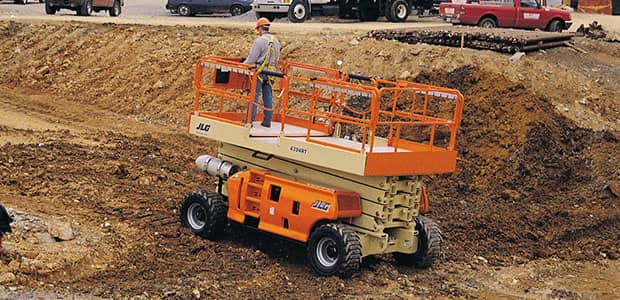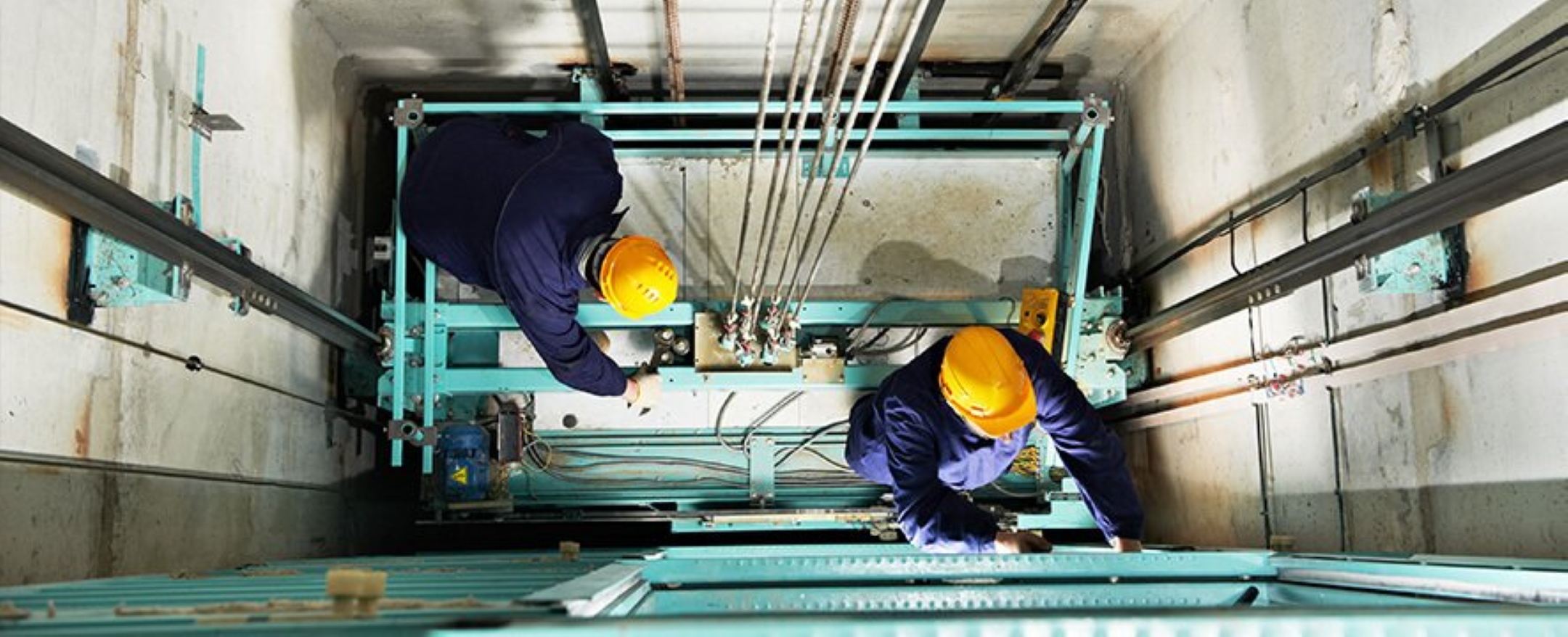Comprehensive Upkeep List for Ensuring Ideal Efficiency of Platform Lifts for Handicapped People
Preserving the ideal performance of system lifts marked for individuals with impairments is a vital aspect of guaranteeing their security and ease of access. The dependability of these lifts is critical, and an extensive maintenance checklist can help in upholding their performance - disabled platform lift. From routine inspections to meticulous cleansing treatments, each step plays a significant role in ensuring that these lifts operate smoothly and safely. Nonetheless, there is a crucial element typically neglected that can considerably influence the general performance and safety and security of these lifts.
Examination and Cleaning Treatments
To guarantee the optimal functioning and safety of platform lifts, thorough and routine inspection and cleansing treatments need to be carefully complied with. Any type of indications of wear and tear, unusual noises, or breakdowns must be attended to immediately to preserve the lift's performance and prevent crashes.

Lubrication and Oiling Techniques
Routine upkeep of platform lifts prolongs past evaluations and cleaning up treatments to include the important facet of lubrication and oiling techniques for optimal efficiency and long life. Lubrication plays a critical function in making sure smooth procedure and preventing wear and tear on moving parts. When it pertains to system lifts for disabled individuals, proper lubrication is vital to preserve risk-free and trustworthy capability.
To start, it is important to make use of the proper kind of lubricating substance for each component of the platform lift. Different components may call for certain lubricants such as silicone-based or lithium-based greases. Frequently checking the condition of the lube and making sure proper levels are maintained is key to avoiding friction and corrosion.
Furthermore, oiling strategies need to be accomplished adhering to supplier standards and maintenance schedules. Over-greasing or under-greasing can both lead to functional concerns, so it this link is necessary to strike the ideal balance. By adhering to a comprehensive lubrication and oiling programs, platform lifts can run successfully, quietly, and safely, inevitably profiting the individuals that rely upon them for availability.

Electrical System Checks and Testing
Upkeep of platform lifts includes comprehensive checks and strenuous testing of the electric system to guarantee optimum efficiency and safety. The electrical system is a critical element of system lifts for handicapped individuals, as it powers the lift system and numerous safety and security attributes. During upkeep, it is vital to check all electrical connections, circuitry, and components for indications of wear, corrosion, or damages. Technicians ought to examine the functionality of key electric elements such as the control panel, sensing check this units, emergency situation quit switch, and power supply to identify any type of prospective concerns that could affect the lift's procedure.
Regular screening of the electric system is essential to stop breakdowns, minimize downtime, and make sure the safety and security of lift customers. This consists of monitoring voltage degrees, carrying out insulation resistance tests, and confirming the appropriate functioning of backup power systems. Any type of anomalies or discrepancies from conventional operating specifications must be without delay dealt with to maintain the lift's reliability and compliance with security laws. By focusing on detailed electric system checks and testing as part of routine maintenance, system lift proprietors can extend the life expectancy of their equipment and provide a secure transportation solution for people with handicaps.
Safety System Verification

Additionally, the over-speed guv, a crucial additional resources safety and security feature that prevents the lift from relocating also promptly, must go through complete screening to verify its effectiveness. It is additionally vital to check out the interlock system that makes certain the doors are safely locked while the lift functions. Normal confirmation of these security mechanisms is extremely important in promoting the safety requirements of system lifts and guarding the health of individuals.
Emergency Readiness and Action
In times of situation, a distinct emergency situation readiness and feedback strategy is basic to making certain the safety and security and security of platform lift users. System lifts are crucial for enabling disabled people to accessibility various degrees of structures, making it important to have procedures in location for emergencies. By prioritizing emergency readiness and action, system lift operators can enhance the total safety and security and functionality of these important ease of access devices for impaired people.
Final Thought
Finally, regular upkeep of platform lifts is important for ensuring ideal performance and safety for impaired individuals. disabled platform lift. By adhering to a detailed checklist that consists of assessment, cleaning, lubrication, electric system checks, security system verification, and emergency situation preparedness, the threat of malfunctions and crashes can be lessened. It is essential to focus on maintenance to provide a trustworthy and effective methods of transportation for people with impairments